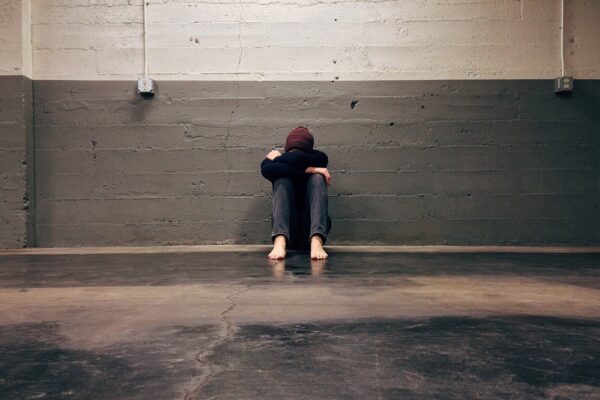Seasonal affective disorder (SAD) is a psychological disorder that tends to happen around the same time every year. People with seasonal affective disorder or seasonal depression experience a shift in their moods with sadness, depression, and fatigue which usually lasts during the fall/winter season and fading away with spring. Less often, SAD also causes “summer depression” which begins during spring or early summer and ends in fall.
The seasonal pattern is provoked more in women than in men. It also occurs in children and adolescents.
Signs you are SAD
In general, people experience two types of SAD: wintertime and summertime. Although the condition affects people differently and may fluctuate between mild and severe, the following are common inclusive signs:
- Feeling of constant depression
- Sleeping problems
- Lost interest in activities you once enjoyed indulging in
- Feeling sluggish or low on energy
- Change in appetite and weight management issues
Wintertime sadness symptoms include:
- Daytime fatigue
- Oversleeping
- Weight gain
- Appetite changes
Summertime sadness symptoms include:
- Insomnia
- Weight loss
- Poor appetite
- Anxiety
Causes
What causes people to feel seasonal depression is unknown. Some scientists believe it’s the hormones that play the role in triggering attitude related changes and mood swings as the season progresses. Researchers point to the fact that lack of sufficient hours of sunlight during the winter season produces less serotonin, chemical that regulates mood, in the brain. Lack of serotonin levels can result in feelings of depression, along with fatigue and potential weight gain.
Since the absence of enough daylight during wintertime is associated with seasonal affective disorder, it is less found in countries with plenty of sunlight all year round.
Light is the major source that influences SAD. Lack of exposure to sunlight affects your natural biological clock that regulates moods, hormones and sleep. Another reason is that light-depended brain chemicals get more affected in people with SAD. Family history of psychological conditions also contribute to the higher risk for seasonal depression.
How do you treat Seasonal Affective Disorder?
Depending on the severity of your symptoms, treatment for SAD may range from medications (antidepressants), psychotherapy to light therapy. Before going on any medication or treatment, it is imperative to consult your doctor for bipolar disorder as these treatments can trigger manic episodes.
Medications
Traditional medications like antidepressants are often prescribed to treat seasonal affective disorder. Consult your doctor about the appropriate medication to help your symptoms.
Light Therapy
Light therapy, also called phototherapy, is an effective treatment for fall-onset SAD. Light therapy essentially mimics natural light and appears to make changes in brain chemicals which are linked to one’s mood. The therapy uses a special box that emits artificial light, wherein you sit in front that light for 20 minutes everyday. Avoid looking directly into the light to prevent damage to the eyes.
The results of light therapy depend on the individual’s response. While some people show improvement within days, others can take longer. One simple way to get extra sunlight is to take a 30-minute walk outside within the first hour of waking up. You’d get the needed sunlight, along with some exercise which help ease symptoms of depression and anxiety.
It’s normal to feel down in the dumps sometimes, but don’t brush it off when this feeling rolls around every year. It may look like a simple case of “winter blues” or a seasonal funk but it’s always better to take steps to stay motivated and keep your mood steady throughout the year.


